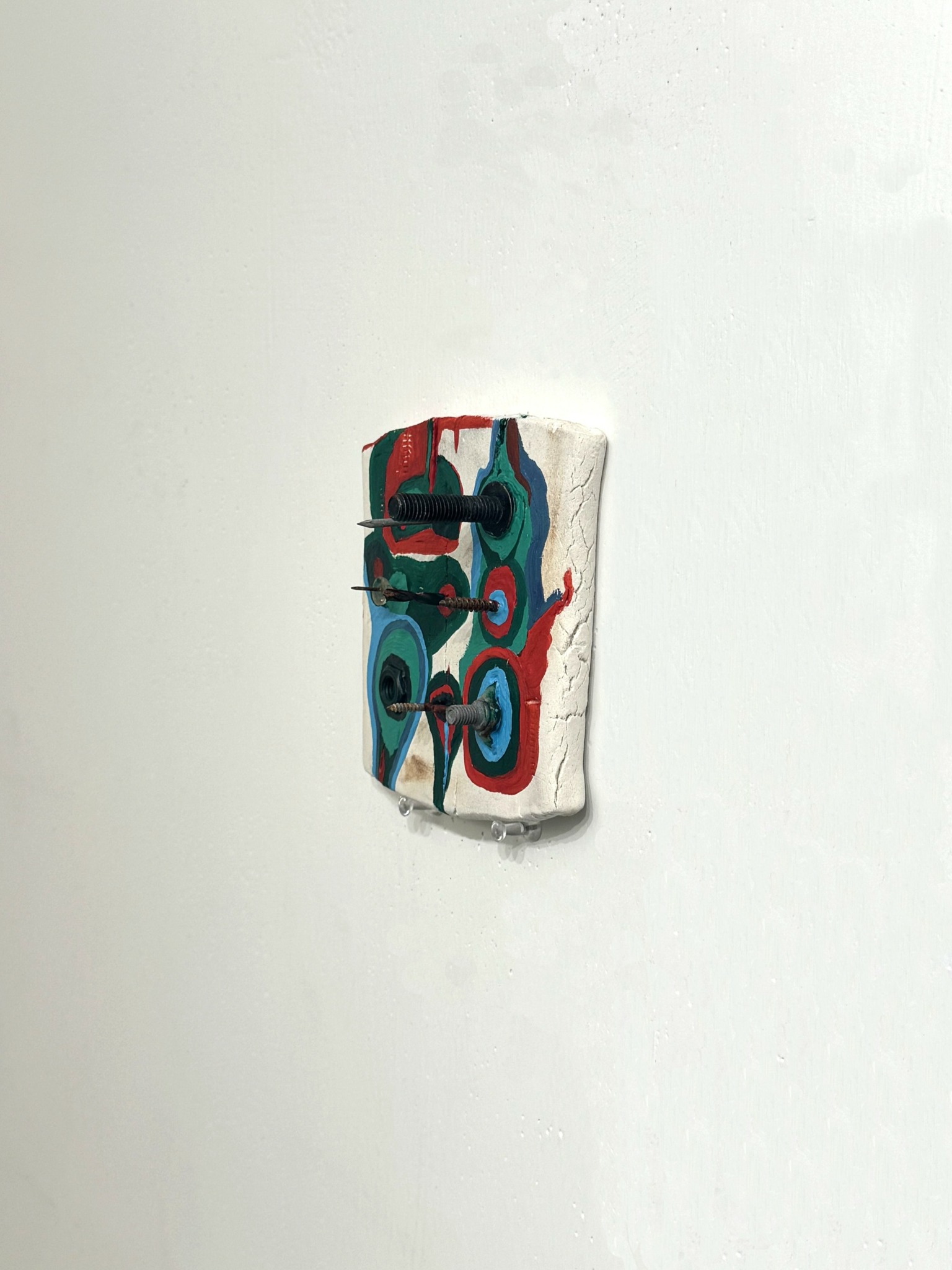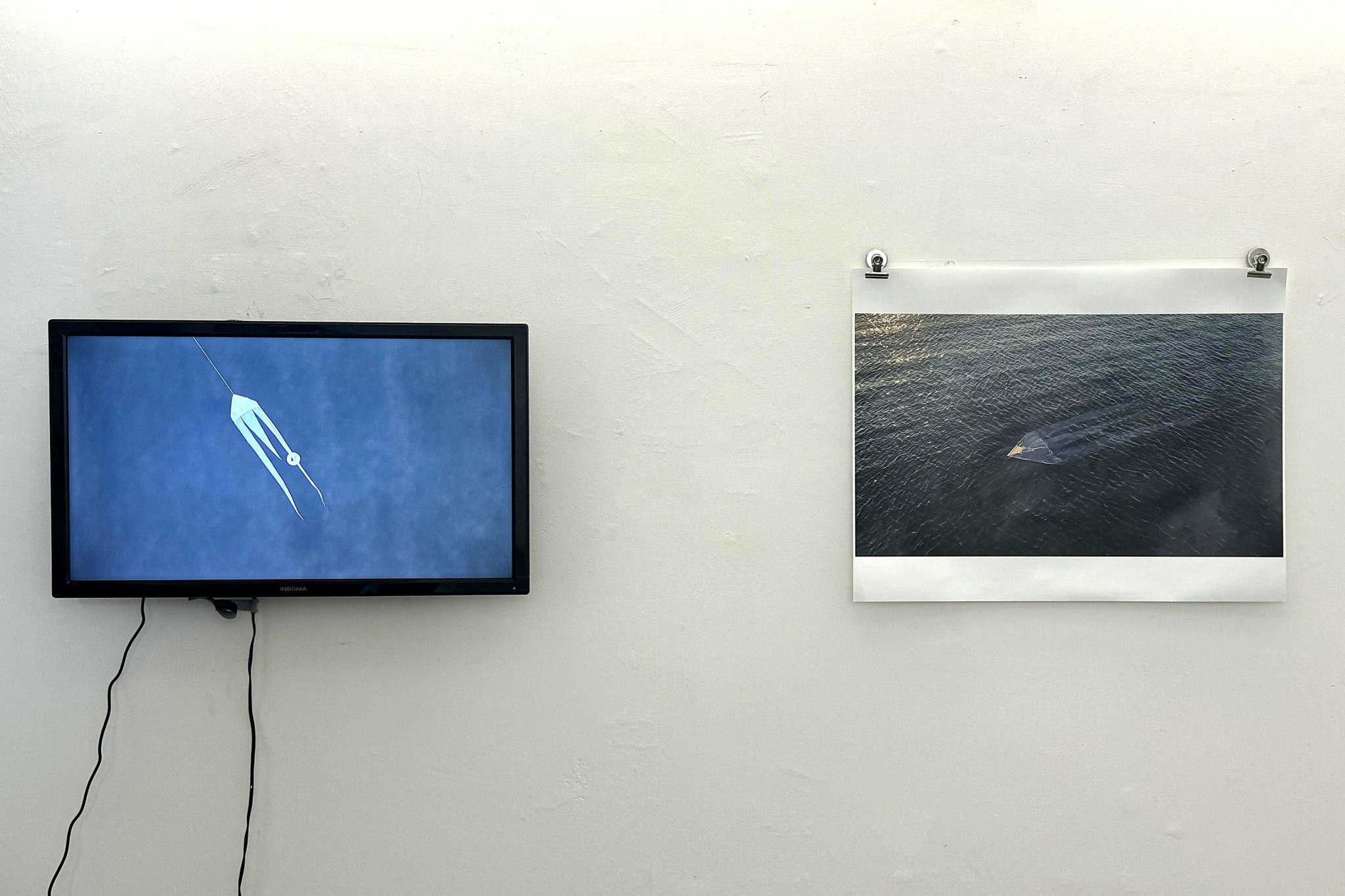We’re excited to introduce you to the always interesting and insightful Xinyu Liu. We hope you’ll enjoy our conversation with Xinyu below.
Hi Xinyu, thanks for joining us today. Are you happy as a creative professional? Do you sometimes wonder what it would be like to work for someone else?
Before fully committing to art, I worked as a product manager at an omnichannel company in Shanghai. My life was steady but a bit monotonous, centered around the usual nine-to-five routine. During lunch breaks or time off, I’d often find myself looking at online and offline exhibitions, admiring artists who could dedicate themselves fully to their craft. Though I had stability, I couldn’t shake the desire to make art the center of my life.
Lacking any formal art background, I decided to come to the U.S. as a student, pursuing an MFA in Fine Art at the School of Visual Arts in New York. These past two years in school have been incredibly freeing and full of creativity. But as graduation approaches, I’ve realized that the reality of an artistic career isn’t as simple as I once thought. I may still need a stable job to support my creative work.
This thought isn’t purely due to financial pressure; I’ve also come to feel that having a secondary focus, besides art, could actually benefit my overall well-being. For me, art and career aren’t necessarily in opposition; they might even complement each other. So, I’m now exploring how to balance both my livelihood and my dreams. This is where I stand today: needing both a job to support myself and a passion to keep me inspired. It’s my way of achieving balance between life and aspiration.
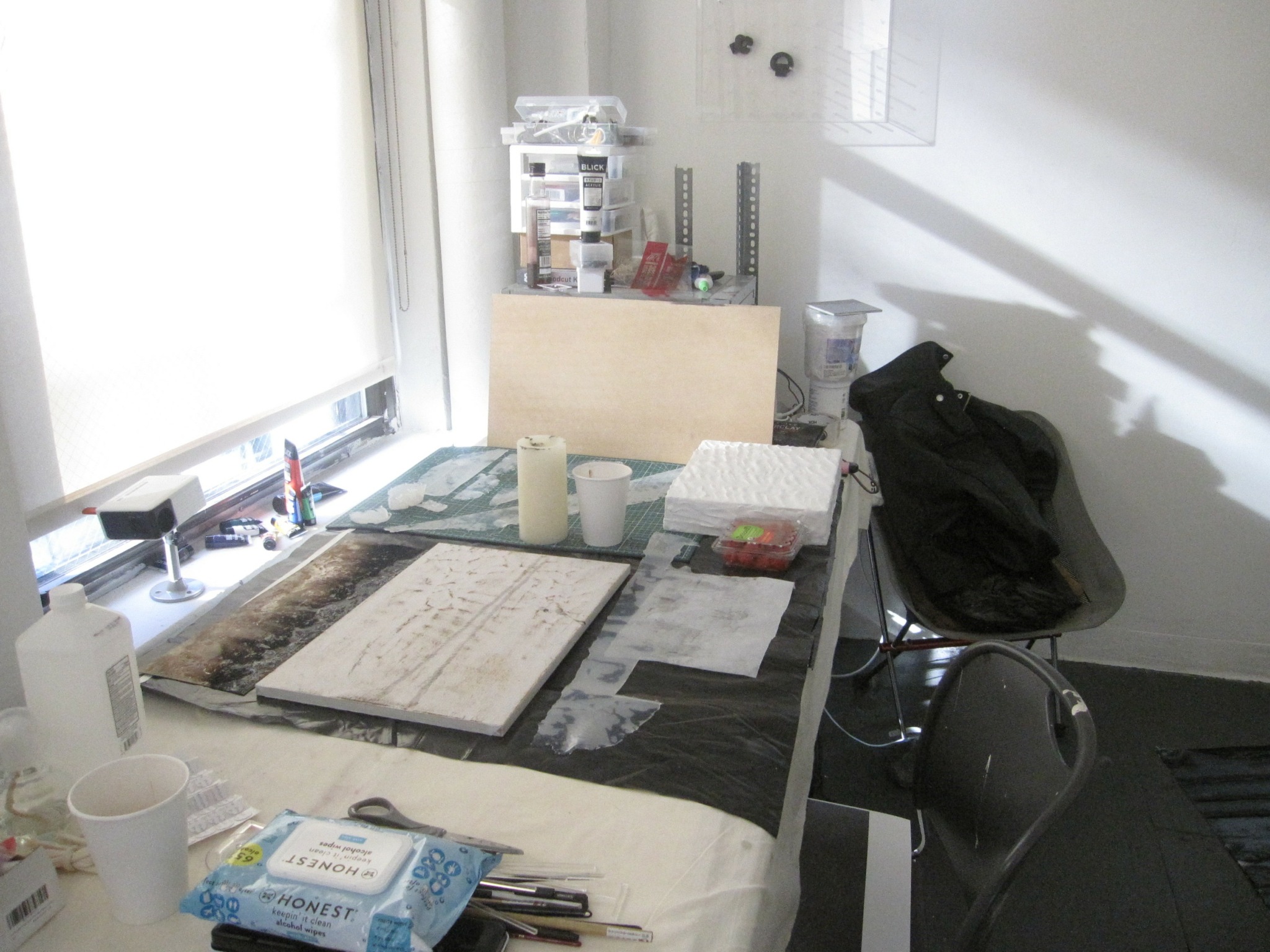
Awesome – so before we get into the rest of our questions, can you briefly introduce yourself to our readers.
My creative practice integrates various media and forms, exploring the intangible, unstable energies that permeate our surroundings, especially focusing on pivotal moments in spaces marked by architectural structures and emotional transformations. I’m particularly drawn to the emotional transitions people experience during migration, and I have a deep fascination with the ocean as a relatively free yet unpredictable entity. Unlike land, the ocean’s boundaries are fluid, challenging any single nation’s control. My work seeks to examine the intertwined relationship between shifting geopolitical borders and psychological boundaries, posing questions such as, “How do we define the intangible, flowing borders of the sea?” and “How do migrants balance their native cultural memories against the societal structures of a new country?”
My interest in the boundaries of the ocean and the concept of migration stems from my own experience of coming to the United States. During the long hours of flying over the Pacific, I could see my position on the airplane screen moving from Shanghai, nearing Japan, then Russia, Alaska, and Canada, leading me to wonder when exactly I entered other countries’ territory. Another layer of this fascination comes from the view out the airplane window: I saw the sea as I left Shanghai and the sea again just before landing in New York.
My work aims to capture moments where legal frameworks, economic realities, and personal emotions intersect, highlighting subtle tensions between stability and displacement, control and freedom. I explore the conflict between human rules and the uncontrollable forces of nature, taking inspiration from the confluence of history, politics, and natural elements. Through this approach, I critically examine the fragile boundaries shaping both personal and national identities, seeking to open dialogues around how these identities are constructed and contested.
I hope that those engaging with my work find themselves reflecting on the ways in which we navigate, define, and confront these boundaries, and I strive to reveal the complex and often uneasy balance between the forces that govern our lives and our own deeply personal experiences of place, belonging, and change.
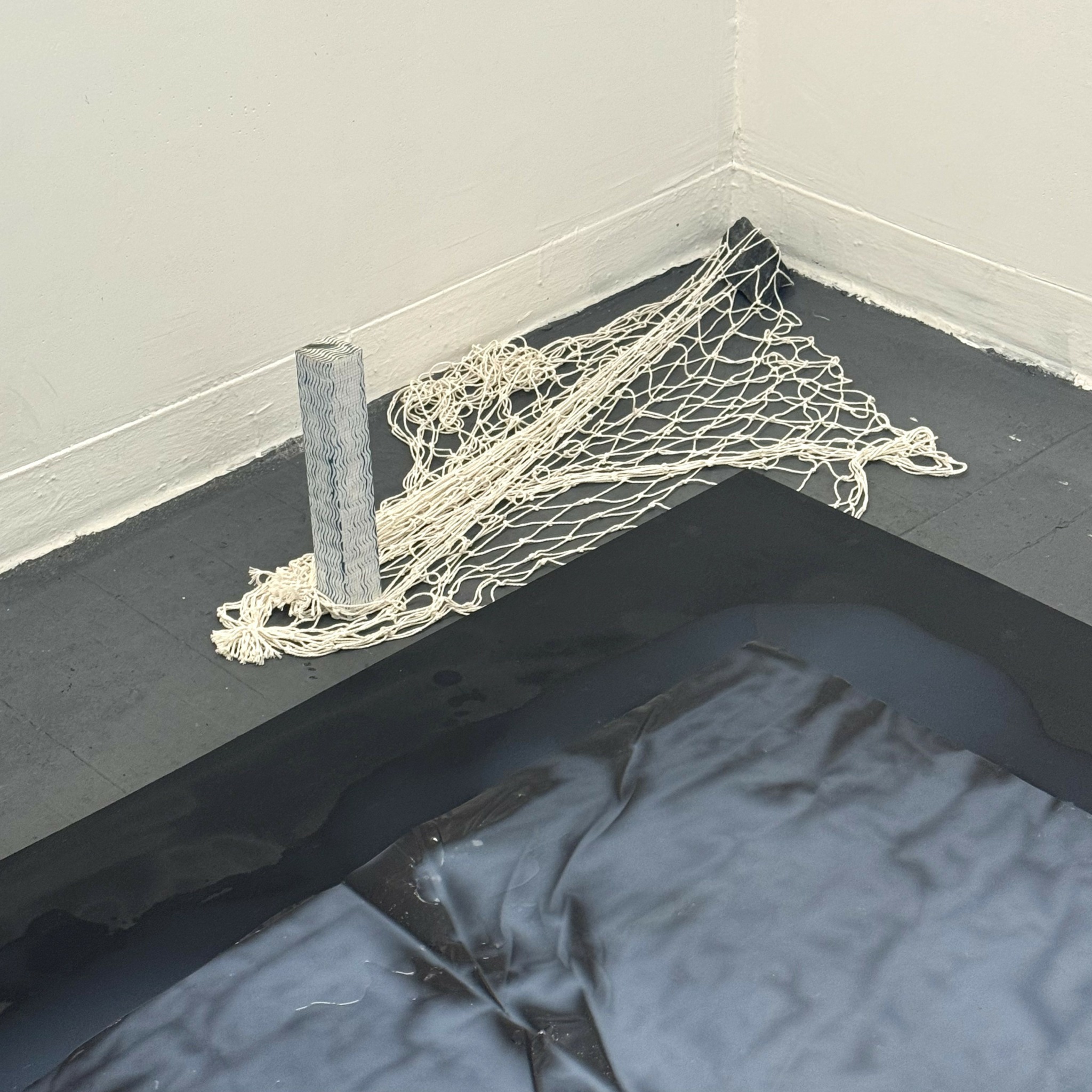
What do you find most rewarding about being a creative?
For me, the most valuable aspect is the gradual process of self-discovery. As I select themes, materials, and colors, these choices may initially seem random, even to myself—simply things I’m drawn to. But as I dive deeper into my work, I often feel like I’m being struck by a boomerang I unknowingly threw long ago; every choice seems to connect back to my past experiences. It feels like an ongoing conversation with my subconscious, as if my artwork understands me before I do.
Recently, I’ve been studying art therapy, and I hope to use the intrinsic qualities of art to help others alleviate psychological stress in the future. This process of self-discovery in art has been transformative for me, and I aspire to create spaces where others can explore and heal through creative expression.
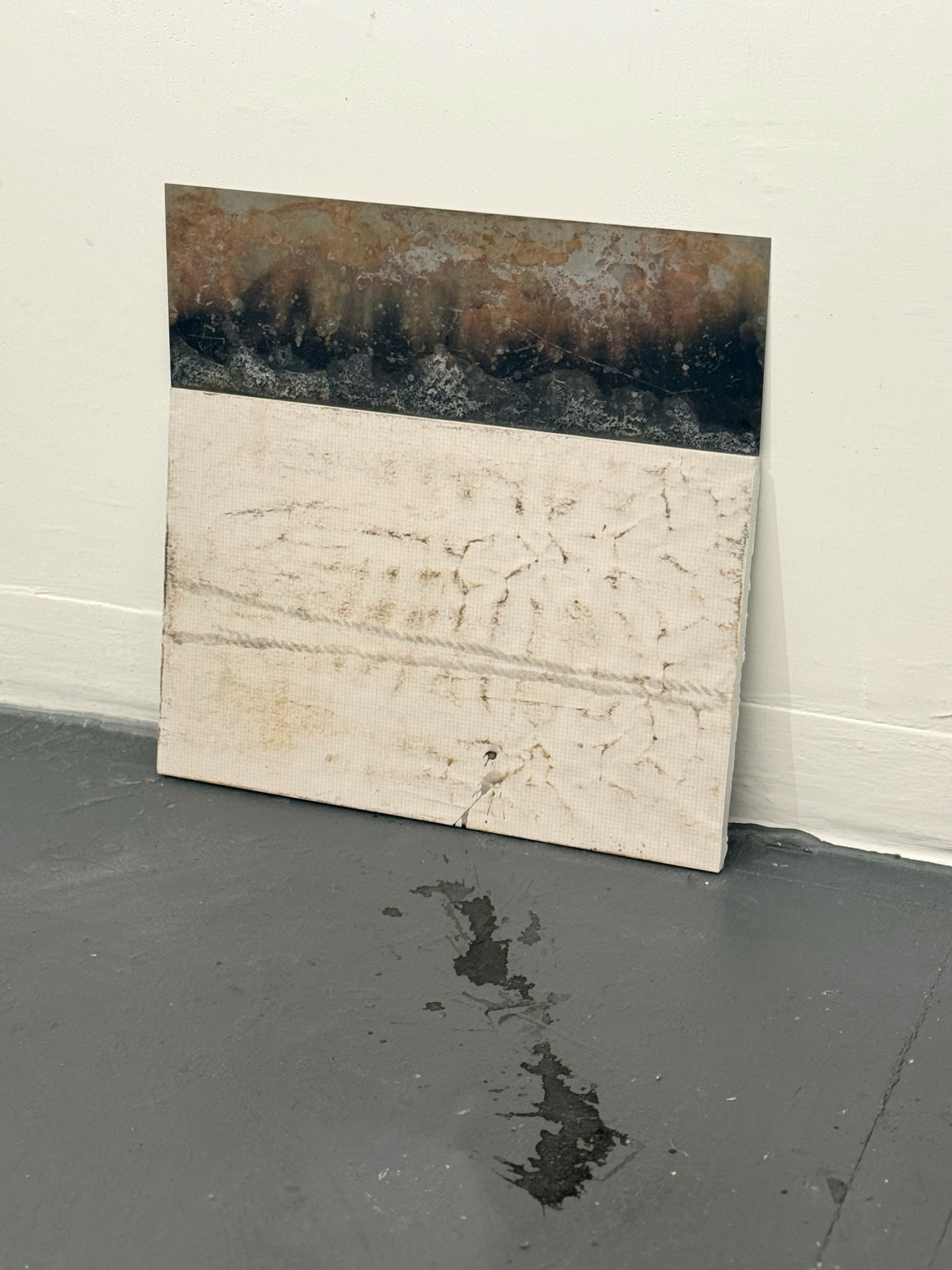
Do you think there is something that non-creatives might struggle to understand about your journey as a creative? Maybe you can shed some light?
I think it really depends on how much they want to understand. If someone glances at an exhibition, reads the description, and doesn’t quite grasp it, that’s perfectly normal—it happens to creatives too. For me, the idea of two people from different lifestyles or professional backgrounds coming together with the genuine intent to understand one another is incredibly meaningful, almost romantic.
I don’t believe it’s necessarily difficult to bridge this gap. Certain values transcend location, race, or gender; we all generally aspire toward peace, justice, kindness, respect, empathy, and understanding. For example, a legal case might result in similar verdicts across courts in different countries, with only minor differences in sentencing. These subtle contrasts, rather than being obstacles, are often what excite me most.
In the end, even if both parties don’t fully understand each other’s work, they might still come to appreciate their shared “not-understanding.” And that, in itself, is a romantic form of connection.
Contact Info:
- Instagram: xinyu_studio
- Linkedin: 刘欣羽
